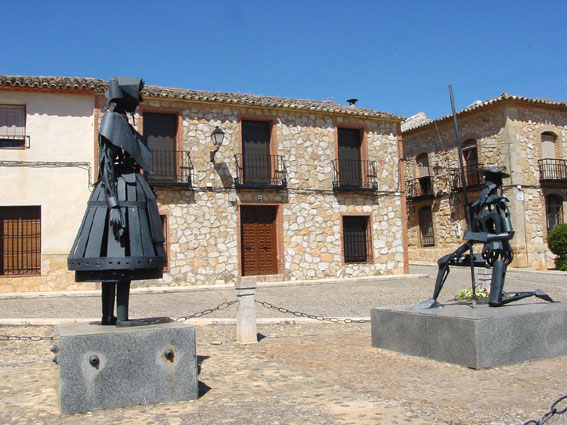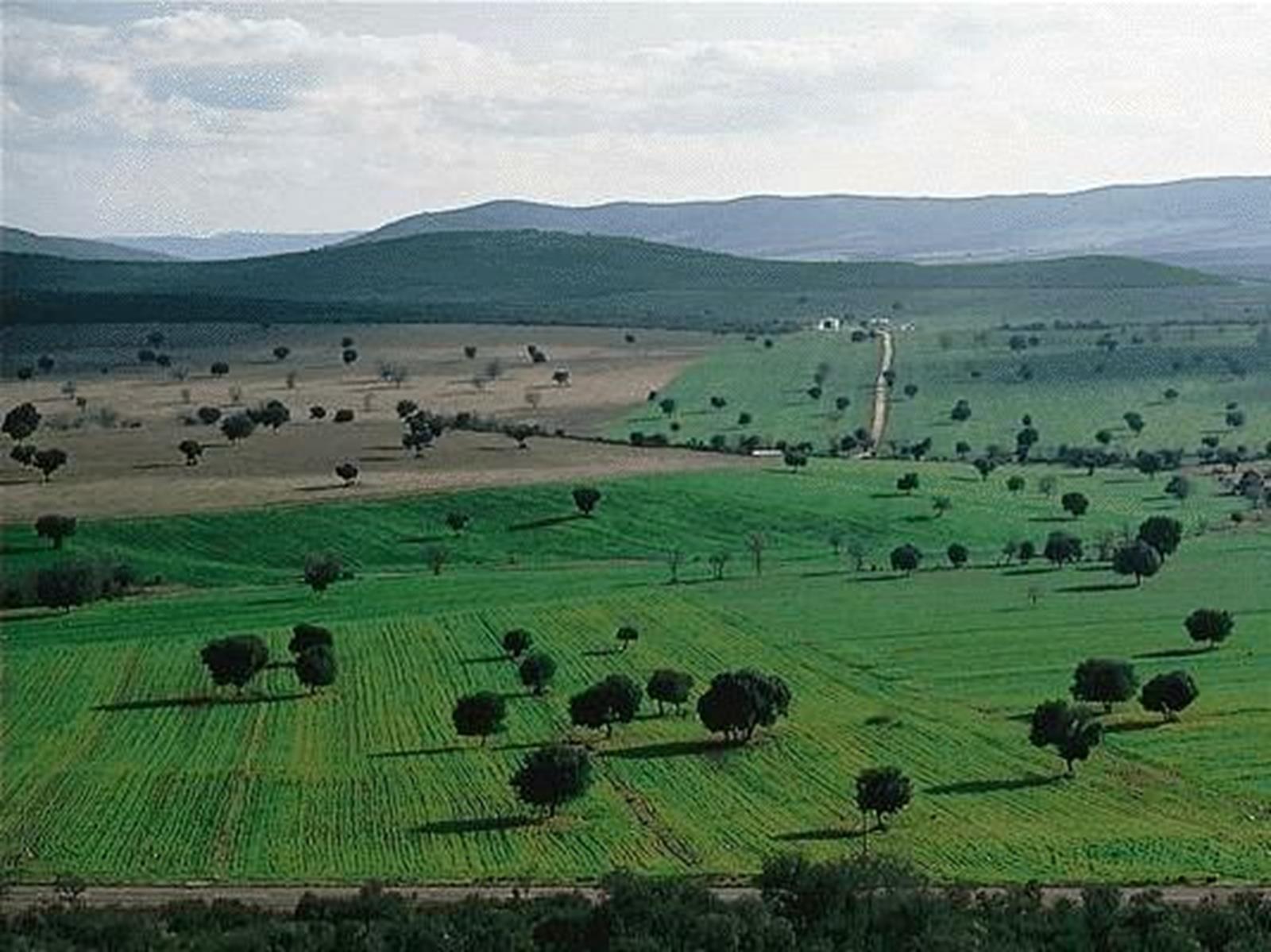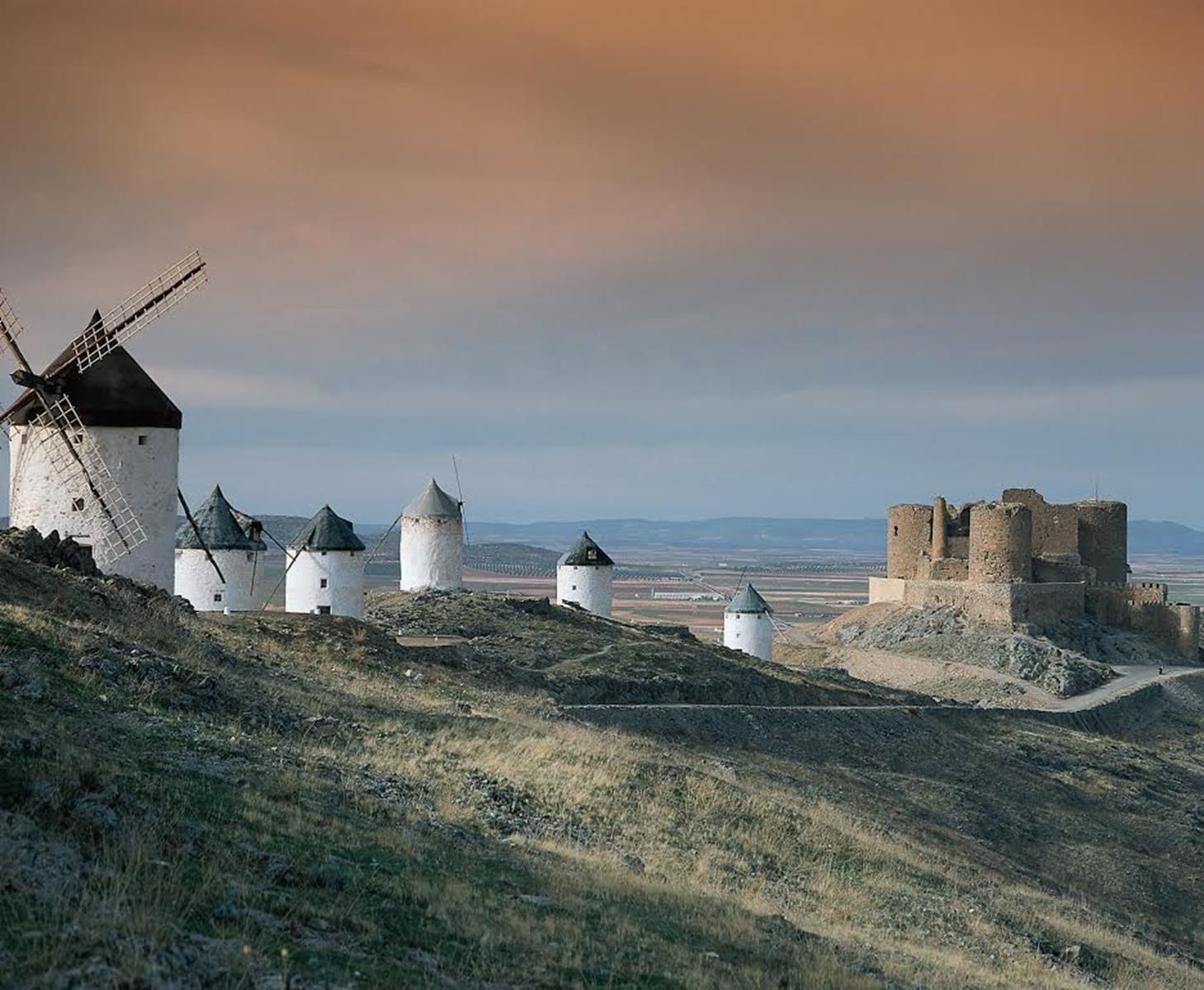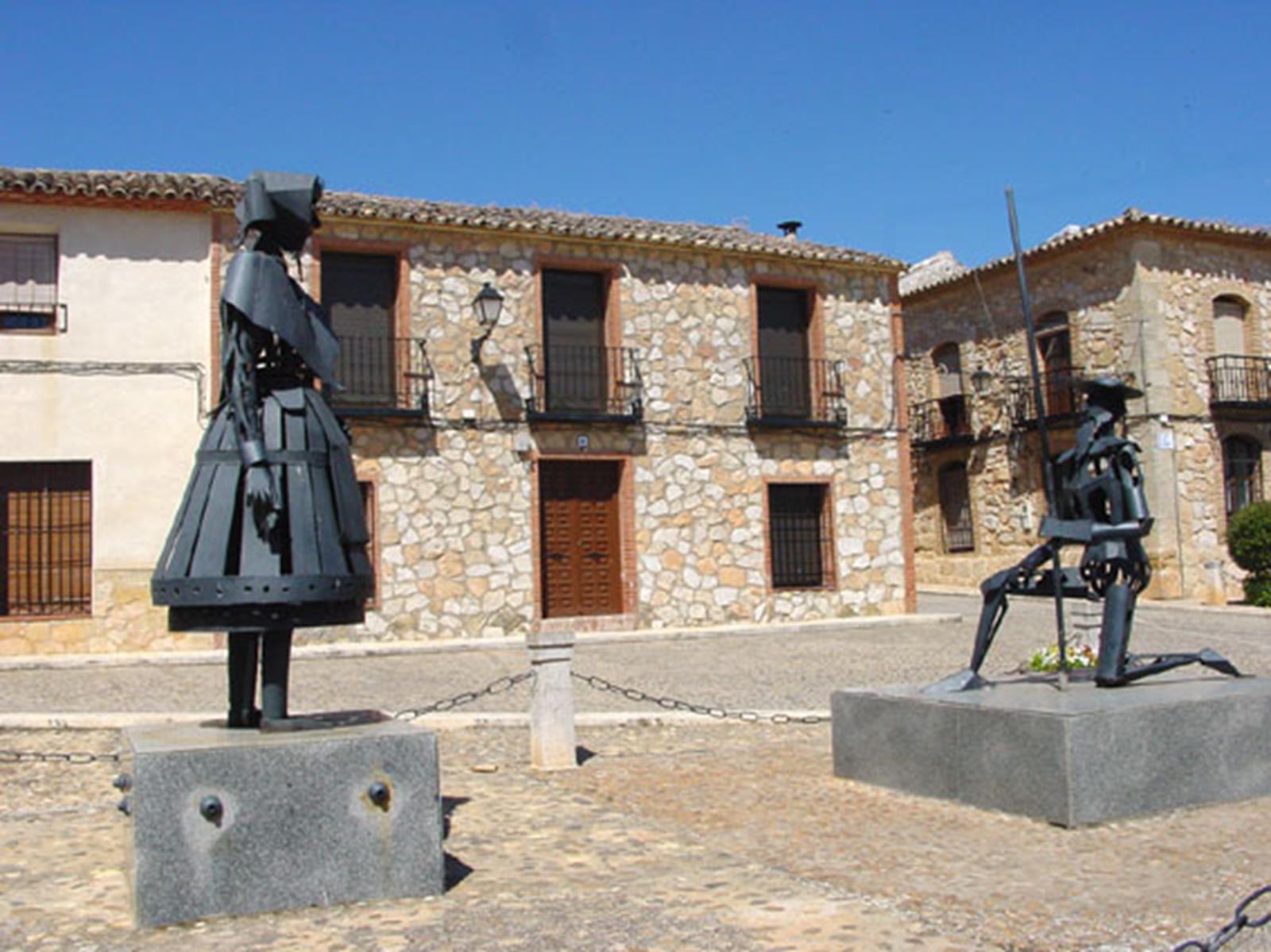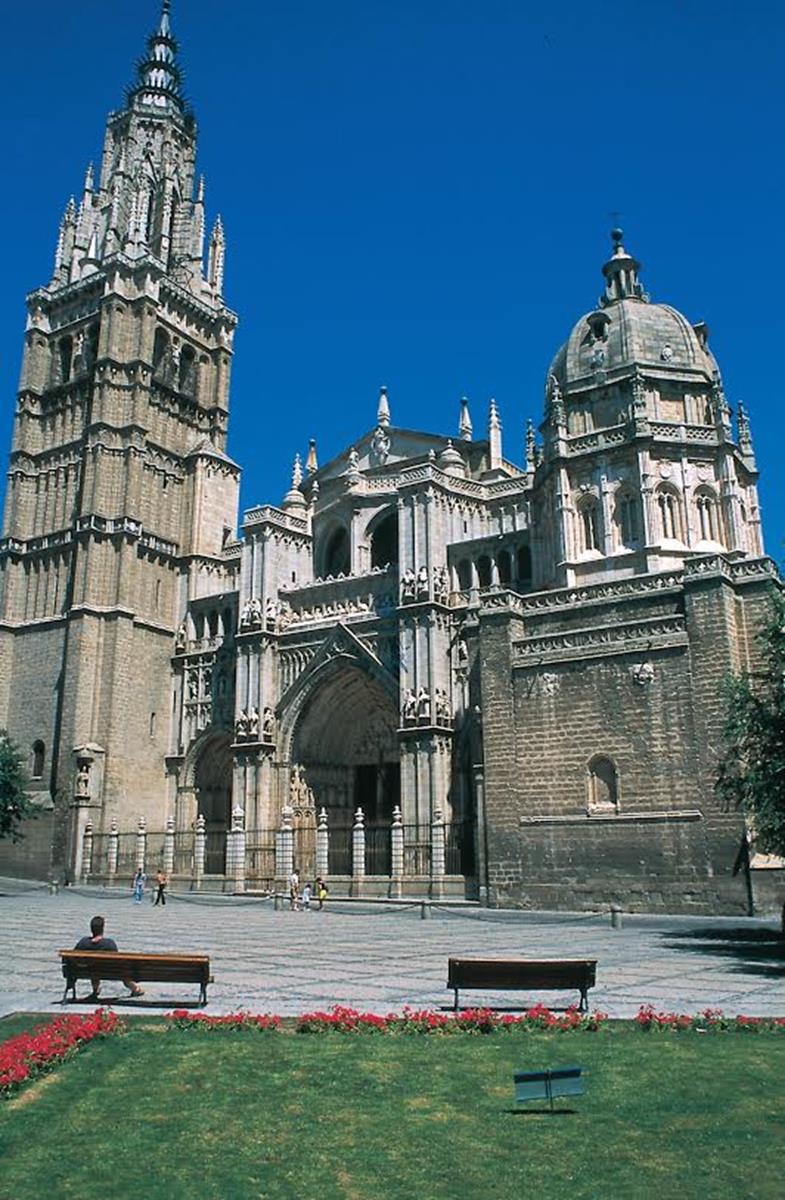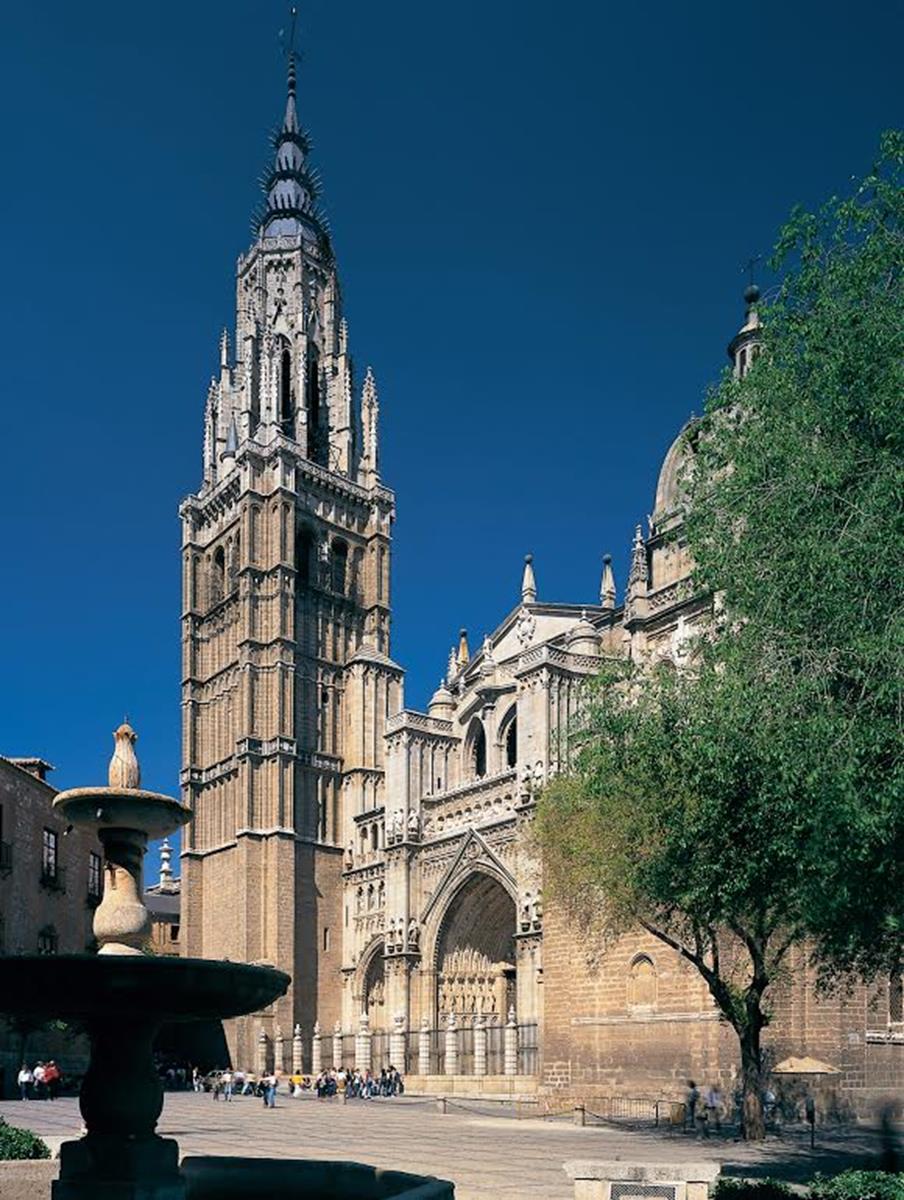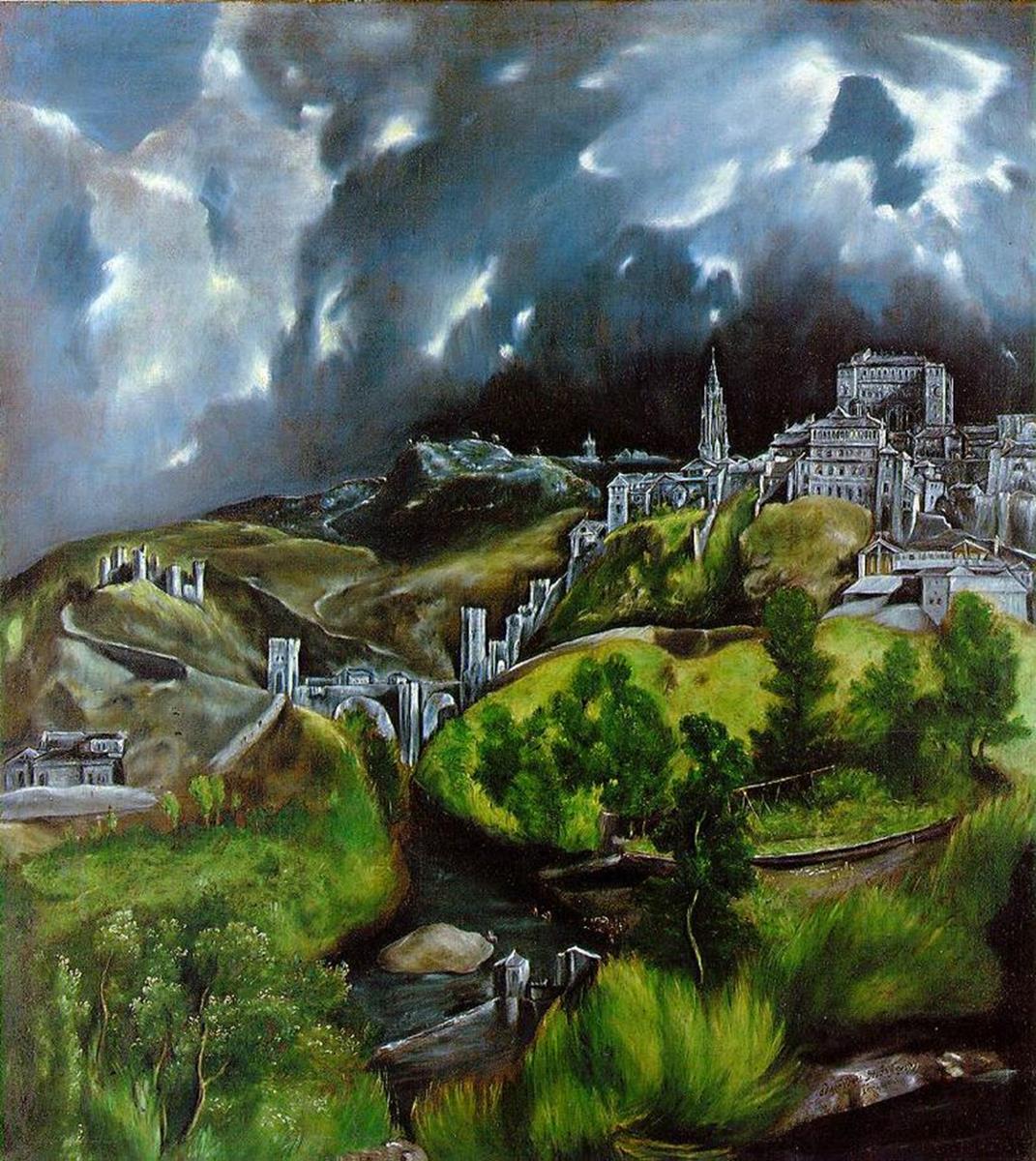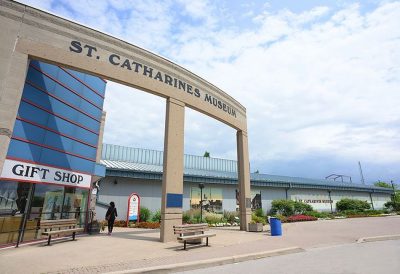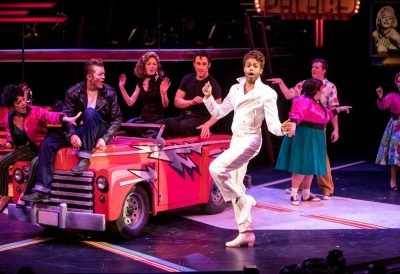But what if there was a way teachers could change all that? They could make reading in Spanish fun while at the same time have the book come to life before their eyes.
Taking your students on the route Don Quixote and his trusty squire, Sancho Panza, took is not only a unique way to see some of Spain’s main attractions but a way to bring the novel to life, learn about the country’s culture and learn the language.
The journey our hero took was long and tumultuous, well over 600 miles, so below are the top four places to go, see and explore. ¡Vámonos!
The Region of Castile-La Mancha
We start out in the country side of Castile-La Mancha, Don Quixote’s beautiful homeland. Most of your journey will take place in this vast region that is widely known for its artwork, decadent food and medieval castles.
Apart from being the starting point of our main character’s adventure, Castile-La Mancha is a favorite spot with nature lovers. Throughout the region you will find some of the largest designated nature reserves, nature areas and national parks in Europe. This makes the entire region a great place to hike, explore or just sit back with a picnic lunch and enjoy the landscape.
A perfect spot to visit is Cabañeros National Park. Located between the provinces of Toledo and Ciudad Real in Castile-La Mancha, it offers vast mountain ranges and expansive meadows just waiting to be explored. Take a walking tour of the land or rent 4×4 vehicles for a truly unique experience. This is also one of the only spots in the entire world where you can see endemic species including many exotic birds, reptiles, mammals, and amphibians.
Consuegra

The windmills in Consuerga Line the Road as Drivers Pass by, Photo Courtesy of Tourist Office of Spain in Chicago
Next stop on the tour is the town of Consuegra. The windmills are the eye-catching sight here and the symbol of La Mancha itself. Any fan of the novel knows the windmills inspired Cervantes so much he included them in his tale. Known in the famous scene where Don Quixote and his squire attack the windmills, wrongly mistaking them for monsters, this spot draws tourists from all over the world.
The 12 windmills dating back to the 16th century still stand tall today and have exhibits tourists can visit. Surrounded by wide open plains and small mountain ranges, you will feel like you are Don Quixote himself.
If looking to venture away from the windmills and make a day out of Consuegra, then tour the nearby medieval castle, churches and museums.
If feeling more adventurous, head for Puerto Lápice, just a 15 minute car ride away. Puerto Lápice one of the few towns actually named in the novel and where Don Quixote spent the night at an inn. Walk the very streets Cervantes wrote about in his novel or even spend the night. Your group will find many inns in town that all claim to be the spot where our hero was knighted.
El Toboso
Not too far from Consuegra is El Toboso, where readers can see the House of Dulcinea, Don Quixote’s love interest.
The home dates back to the 18th century and was renovated as a farm house for tourist groups. According to tradition, it once belonged to Doña Ana Martínez Zarco de Morales, known as the inspiration for Dulcinea’s character.
Not only can students learn about the architecture while at this historic spot, but they will see what a typical day was like in the 17th century for people in La Mancha. The museum features everyday tools and furniture and also the biggest olive oil presses in the region.
The City of Toledo
A trip to Spain would not be complete without taking your students to the wonderful city of Toledo. Known for its rich architecture, history and art, Toledo has something for everyone and it’s on the route our hero traveled.
While in Toledo, explore the well-known Toledo cathedral, built in the 13th century by King Fernando III. Here students have the opportunity to learn about the country’s religious history including how the cathedral was actually built on top of a Muslim mosque and only became a Christian church in the 19th century.
For the more artistic and creative students, Toledo is perfect. The Toledo cathedral is full of traditional Spanish Gothic artwork from the 16th century, including a large room called the “Ochavo.” Around the room are historical works of art that are dedicated to “the martyrs and the witnesses of Christ.” Some of the works include the reliquary of San Luis, a bust of St. John the Baptist and the cross of Cardinal Mendoza. Works by famed artists such as Lucas Jordan and El Greco can also be viewed in the main sacristy.
If planning the trip for this year, then you’re in luck, as 2014 just so happens to be the Year of El Greco, which marks the 400th anniversary of the artist’s death with the displays of his work all over Spain. In The El Greco Museum in Toledo, see renowned works like “The Tears of Saint Peter,” “The Altarpiece of San Bernardino” and “View and Plan of Toledo.” Locals are honoring El Greco this year with concerts, theater performances and dances all around the city where the artist once lived.
Traveling through Eastern Spain in the footsteps of Don Quixote, students not only will learn more about the novel but also the culture of Spain and the rich history it has to offer.

